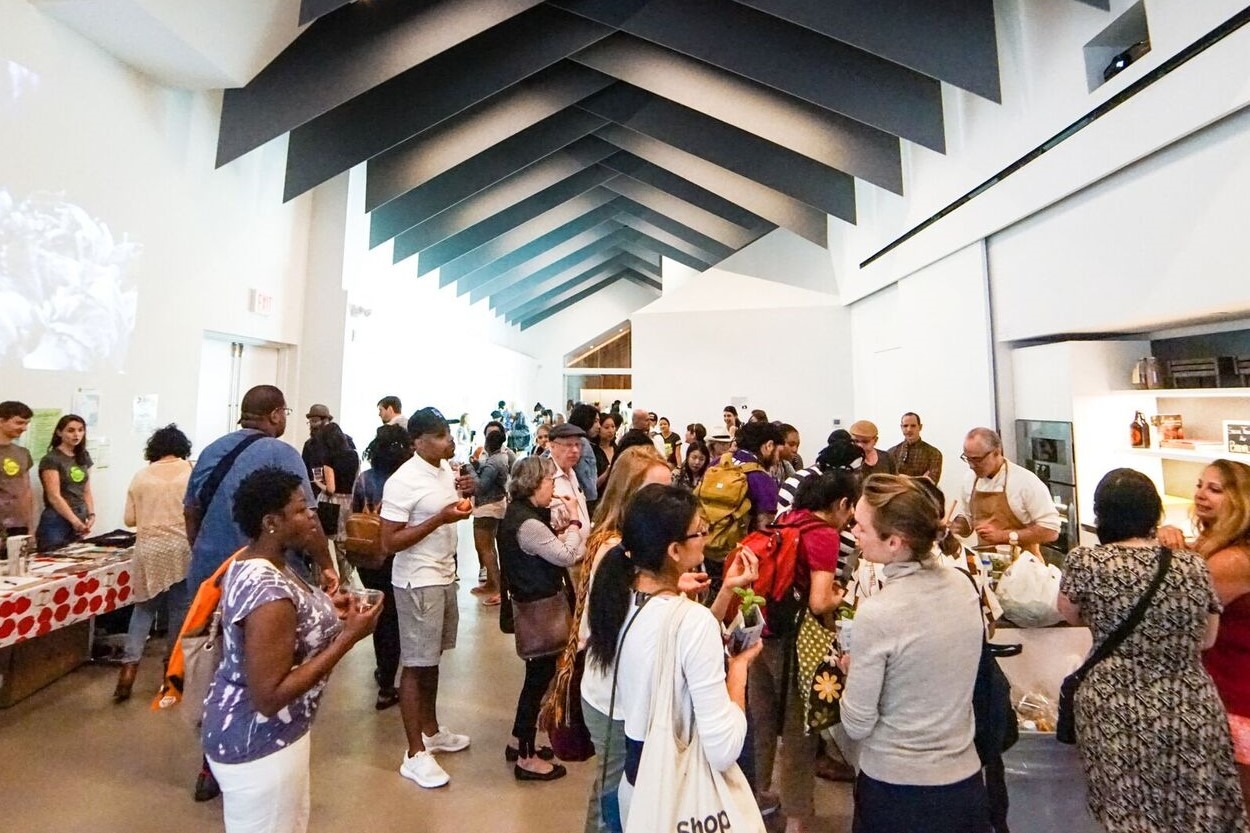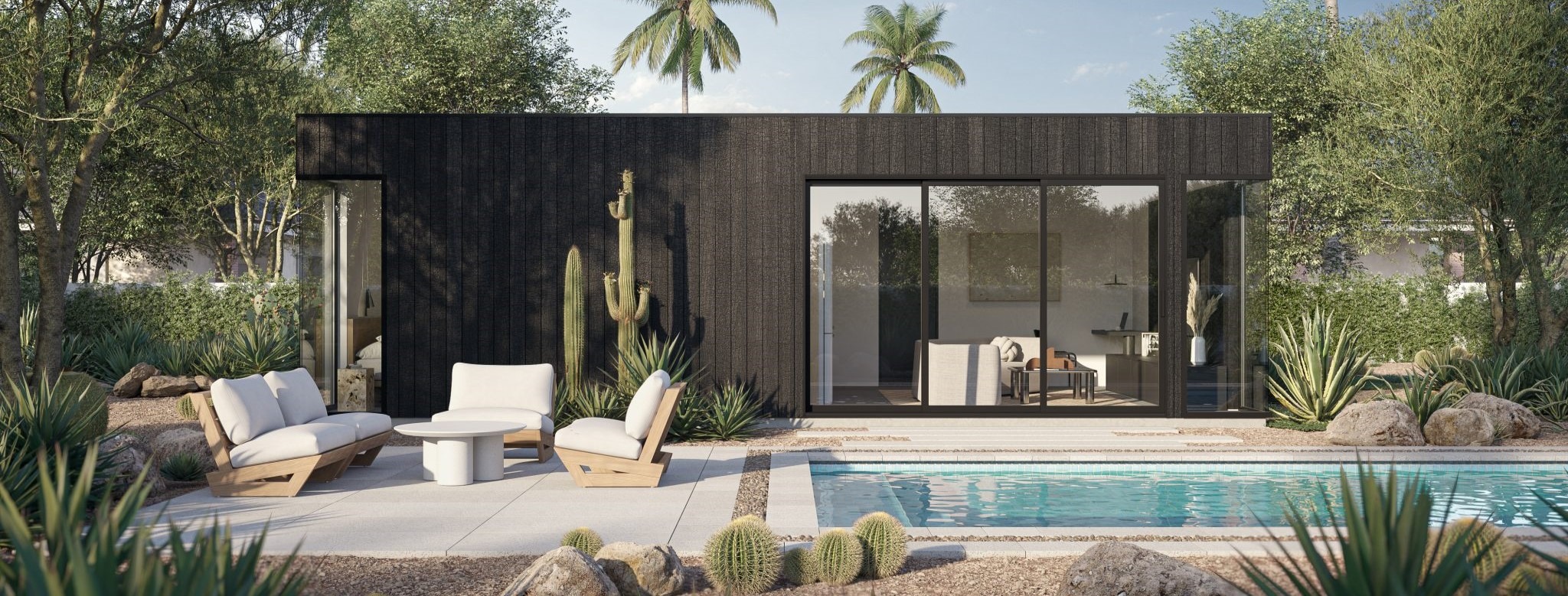Lee Skolnick is an architect who’s interested in leading the aesthetic, philosophical and sometimes political debate about the overlaps between architecture, art and nature.
He’s also chairman of the board for Architecture Omi, which, not coincidentally, is dedicated to exploring the same debate. It’s a non-profit institution that offers a 60-acre site to fosters and cultivates the production of physical installations like pavilions, earthworks, landscape interventions, constructed environments.
In addition, the program encourages the integration of all varieties of related media, ideas, propositions and theoretical musings in a laboratory-style setting.
“Architects come up and do installations on the land,” he says. “It’s a way to do what can’t do in professional life, and that’s experiment. You can do it in school but not in the real world.”
Last year it was a pair of Cuban architects. This year, it’s a group of students from the Architectonics Design Studio at the Cooper Union School of Architecture.
“We met with the first year design studio, and they went up to site early in the semester,” he says. “They completely documented the site, brought that to Cooper Union to construct it in the studio. Now they’re constructing it at Omi, and it opens this weekend.”
Their project itself is homage to Leddeus Wood, their professor of architecture and an architect who passed away this year. His work, Skolnick says, was about drawing, fantasy and reality, and creating an ideal world.
It’s project designed to orient visitors within the site. There are lines of sight and a procession through the site and a wooded area, with axes. It’s also a functional program about the mission of art Omi, with dancers, musicians, visual artists, and writers. Conceived as a place where they can share their work with the public, the students have designed venues for musicians and a pavilion in the landscape.
“It’s hard to describe,” Skolnick says. “It’s a laboratory for architectural education and an intervention in nature for people to experience and to think about their relationship with nature.”
And the proper place for a debate about its relationship to art and architecture.
For more information, go to http://www.artomi.org/
[slideshow id=946]


